The number of cases has increased in Türkiye in 10 years: If you have these symptoms, do not delay!

Dermatology Specialist Dr. Kadir Kaya issued warnings due to Skin Cancer Awareness Month.
Spec. Dr. Kadir Kaya, who stated that skin cancer is a type of cancer that occurs when cells in the skin multiply and grow abnormally in an uncontrolled manner, said, “The most common types are basal cell carcinoma, squamous cell carcinoma and malignant melanoma. While types other than melanoma generally progress more slowly, melanoma progresses more quickly and can lead to serious life-threatening risks if not diagnosed early.”
'SEVERE SUNBURN IN CHILDHOOD IS A SIGNIFICANT RISK FACTOR'Noting that both environmental and genetic factors play a major role in the formation of skin cancer, Specialist Dr. Kaya said, “The most important factor in this disease is exposure to ultraviolet (UV) rays.”
Specialist Dr. Kaya listed the risk factors for skin cancer as follows:
* Long-term exposure to sunlight * Having a light skin color, light hair and eye color, freckled skin structure * Having a family history of skin cancer * Having a weakened immune system * Severe sunburns in childhood * Advanced age * Individuals with many moles * Occupational groups that work outdoors for long periods of time (farmers, fishermen, construction workers) * Using solariums
* Exposure to some chemical and physical carcinogens
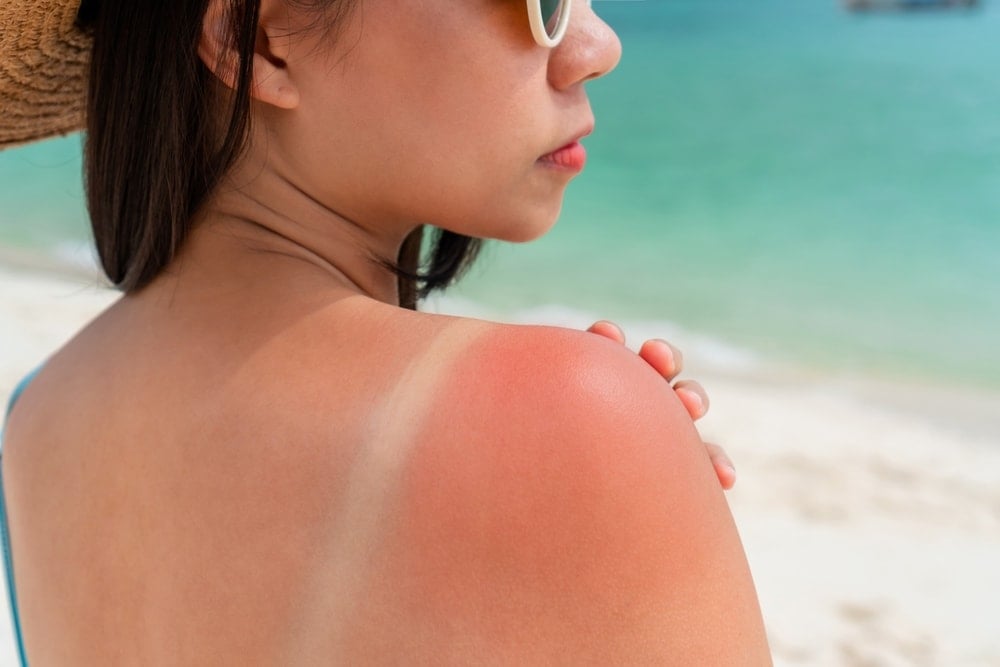
Speaking about the frequency of skin cancer in Türkiye, Specialist Dr. Kaya said, “According to the figures of the Ministry of Health Health Statistics Yearbook published in 2023 (data from 2019), the frequency of skin cancer in Türkiye varies between approximately 20-30 per 100,000 people and this rate is gradually increasing. The share of skin cancers among all cancer cases constitutes a significant rate of 10-15 percent. Non-melanoma skin cancers are the most common in our country, while melanoma is less common (approximately 1 per 100,000).”
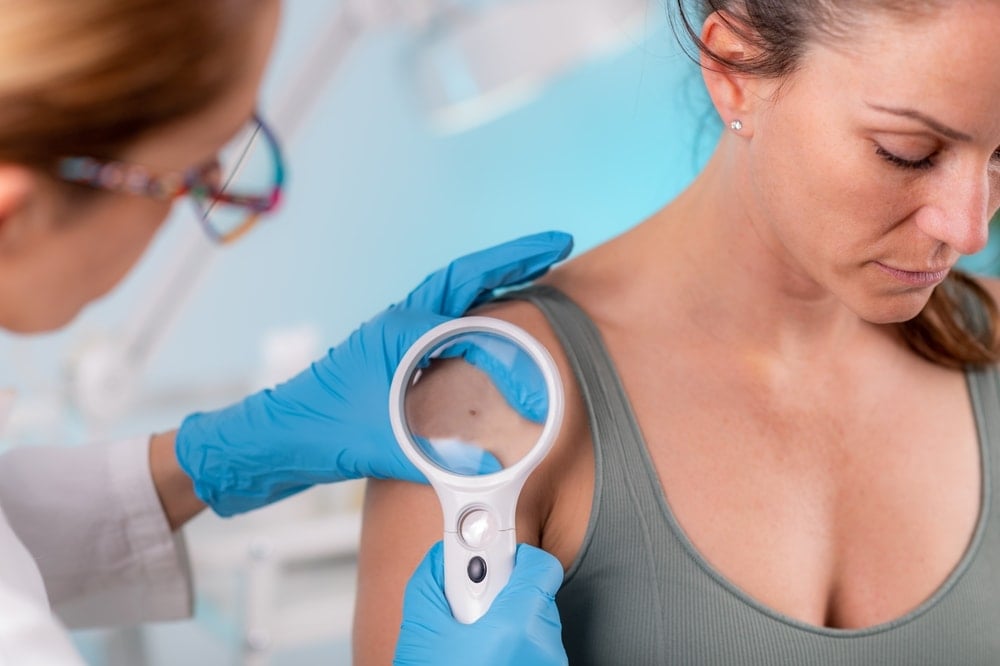
According to data from the last 10 years, skin cancer cases have increased significantly in our country, said Specialist Dr. Kaya, adding, “The main reasons for this increase include not taking adequate sun protection measures, the aging of the population, the increase in the use of solariums and the increased access to health services, allowing for earlier diagnosis.”
'PAY ATTENTION TO ANY CHANGE IN SHAPE, COLOR OR SIZE OF MOLES'Specialist Dr. Kaya listed some of the symptoms seen in skin cancer as follows:
* Change in shape, color or size of moles * Bleeding, crusting or long-lasting wounds
* Spots with irregular edges and multiple shades of color
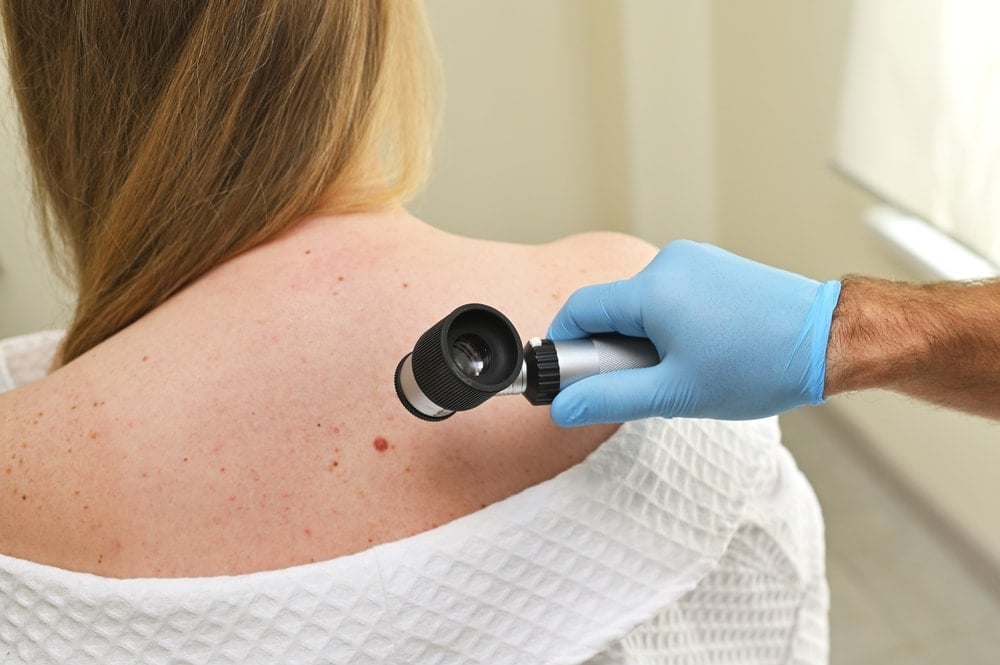
Saying that skin cancer is more common in individuals over the age of 50, Specialist Dr. Kaya said, “However, it can also be seen at younger ages. The fact that melanoma-type skin cancers can be seen in young adults in particular shows that this disease should be taken seriously at all ages.”
Speaking about the diagnosis process, Specialist Dr. Kaya said, “In the diagnosis of skin cancer, a detailed dermatological examination is first performed. Suspicious lesions are examined with a special device called a ‘dermatoscope’. When deemed necessary, a biopsy is taken and a pathological examination is performed. It should not be forgotten that early diagnosis directly affects the success of treatment.”
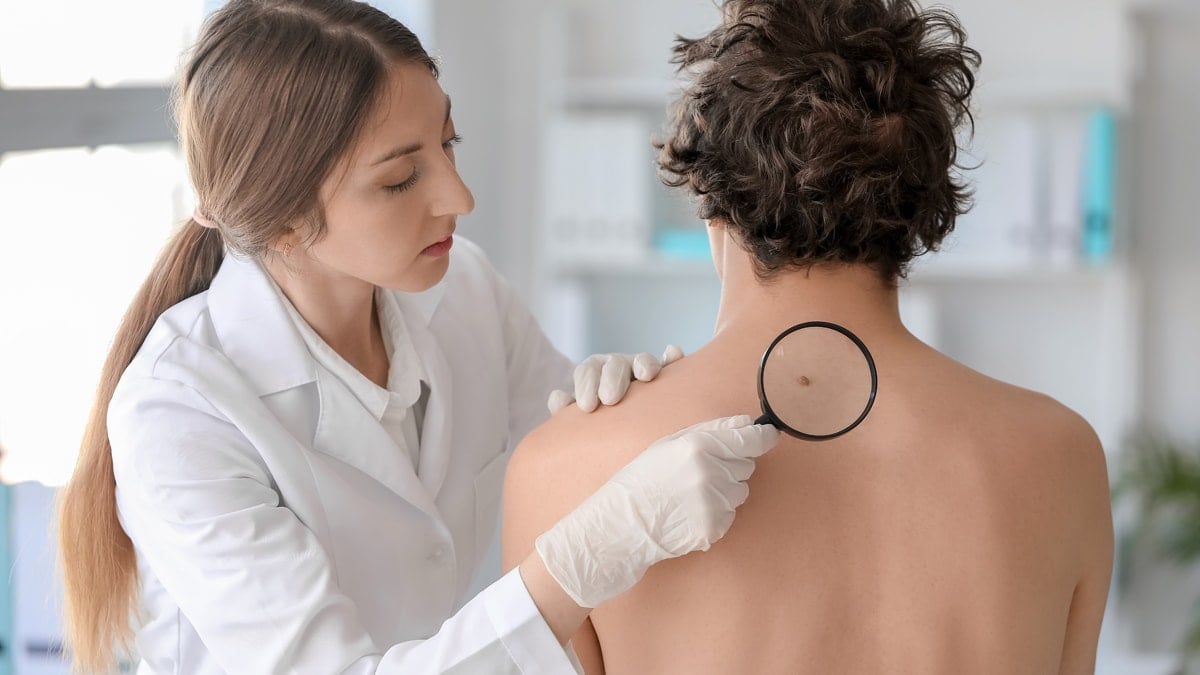
Stating that environmental risk factors should be avoided to protect against skin cancer, Specialist Dr. Kaya made the following recommendations:
* Avoid direct sun exposure between 10:00 and 16:00 when the sun's rays are at their strongest. * If you must be outdoors, try to stay in the shade. * Use broad-spectrum sunscreen products that protect against UVA and UVB rays, with SPF 30 or higher. Reapply every two hours. Always renew your sunscreen after swimming or excessive sweating. * Provide physical protection by using wide-brimmed hats and long-sleeved clothing. Use an umbrella if necessary. * Instill sun protection awareness from childhood. * Avoid using solariums
* Observe the moles and spots on your body at regular intervals and do not forget to see a dermatologist once a year.
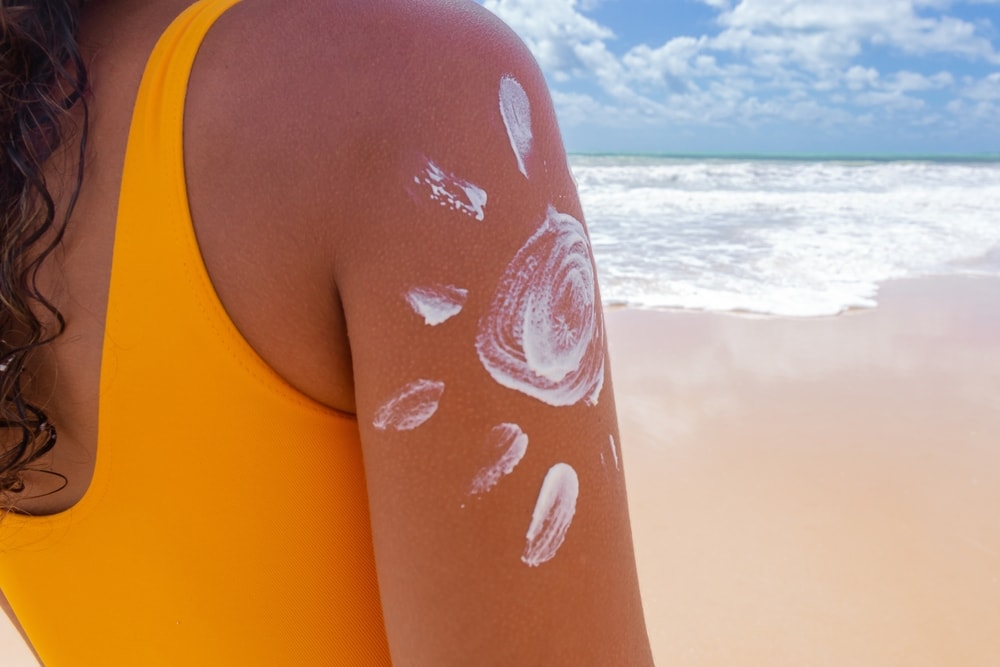
Referring to treatment methods, Specialist Dr. Kaya shared the following information:
“The treatment method to be applied in skin cancer is determined by factors such as the type of cancer, its size, location, depth and the general health of the patient. Surgical excision (removal of cancerous tissue) is the most commonly applied method. In some patients, different options such as cryotherapy, curettage and electrocauterization, photodynamic therapy, topical drug treatments, radiotherapy or immunotherapy may be preferred. Early diagnosis is of vital importance, especially in aggressive types such as melanoma. Systemic treatments may be required in advanced-stage cases.”
'IT CAN BE PREVENTED TO A GREAT EXTENT WITH SOME PRECAUTIONS'Emphasizing that skin cancer is a disease that can be largely prevented with some precautions, Specialist Dr. Kaya said, “However, it is necessary to create awareness, make sun protection a habit and not skip regular doctor check-ups. May offers a good opportunity to contribute to increasing awareness in society on this issue. Do not neglect to consult a dermatologist without delay in case of any changes you notice on your skin or moles.”
SÖZCÜ





